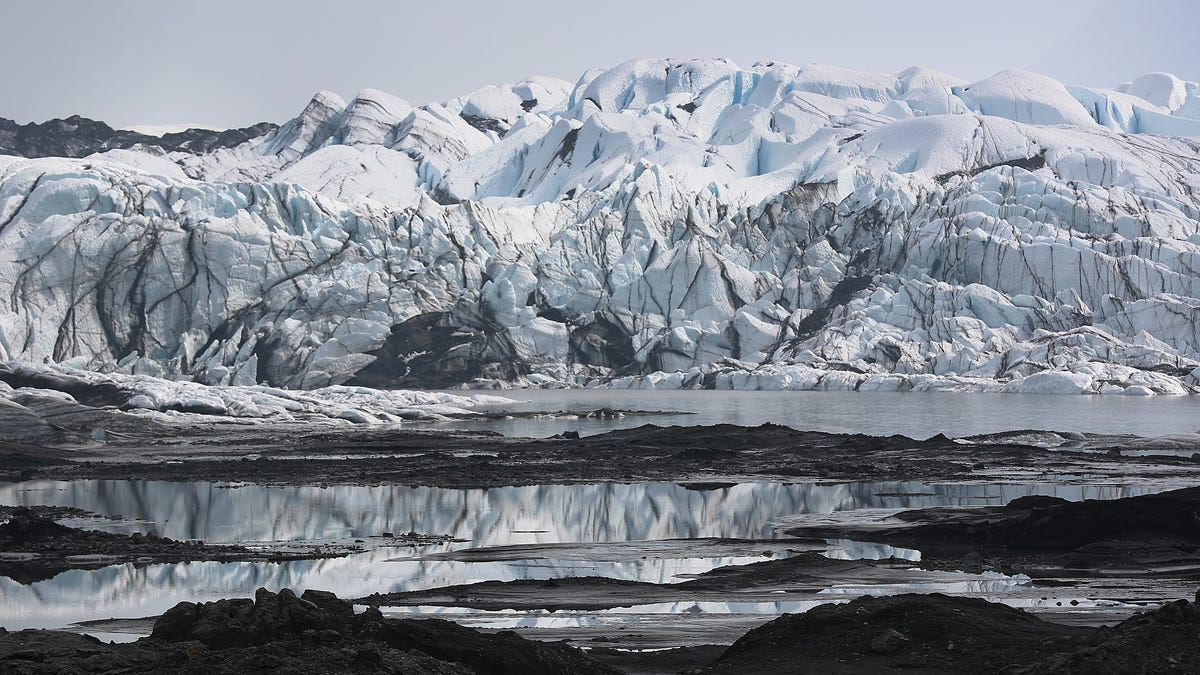The Heat Wave Just Caused an Ice Quake in Alaska Leave a comment

The heat wave currently roasting the Pacific Northwest has made its way up to Alaska, where a 2.7 magnitude ice quake — the result of seismic activity triggered by melting glaciers — was just recorded 25 miles east of Juneau.
Temperatures climbed to as high as 92 degrees in parts of Alaska on Tuesday on what has been the hottest day so far of an already record-breaking heat wave. As the Anchorage Daily News reports, the scorching temperatures are a bizarre departure for a region that usually colloquially refers to this month as “Juneuary” for the signature cool drizzle it brings.
As temperatures rise, its normal for melting snow and glaciers to cause flooding, but rarer that the water refreezing and expanding as ice triggers enough accumulated stress to result in seismic activity.
Known as a cryoseism — a non-tectonic seismic event — Tuesday’s event took place in the Alaska Panhandle at 5:29 a.m. on June 28 and registered as 2.7-magnitude, according to the U.S. Geological Survey.
G/O Media may get a commission
Scientists have long linked the melting of glaciers to incidences of earthquakes, particularly given that the land that the glaciers are situated on tends to shift around according to their relative weight, which naturally lessens as they melt. As the glaciers spring upwards, the land that they sit upon rises, creating faults that can lead to an increase in the frequency and intensity of earthquakes.
The ice quake in Alaska was recorded at a depth of about four miles, and was distinct from a separate undersea earthquake — a 4.0-magnitude temblor— that occurred off the coast of Oregon at 10:03 a.m. on June 29 at a depth of eight miles.
While an ice quake out in the middle of the ocean might not seem like the biggest deal in the world, some of the other side effects of the heat have been having a ruinous effect on the Pacific Northwest’s landscape.
As Gizmodo has previously reported, power cables are melting, districts have been forced to shutter schools and the asphalt will literally burn you if you touch it. Ground temperatures in parts of Washington state reached as high as 145 degrees Fahrenheit on Tuesday — conditions that pose not only a threat to public health but also to critical infrastructure, with roadways buckling under the staggering heat. The insane heat is also stressing the power grid, as people rush to cool down their homes with air conditioning units.
With climate change here to stay, it’s all but inevitable that these types of stresses will continue to plague areas of the world much better accustomed to cooler temperatures. Infrastructure development will need to adapt in order to better accommodate the extreme weather patterns that are set to become our new normal — or maybe the ice quakes will swallow us all. Whatever comes first.

